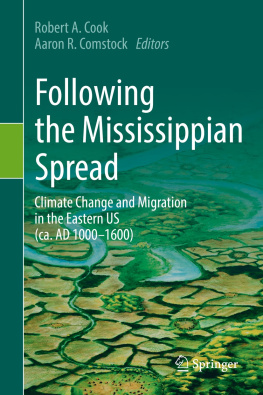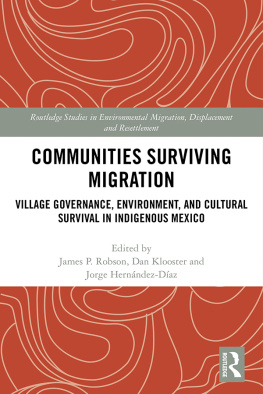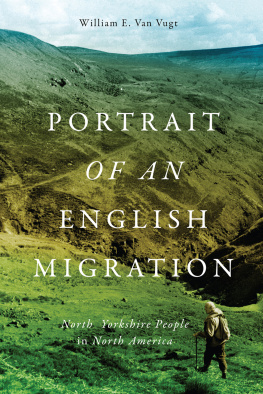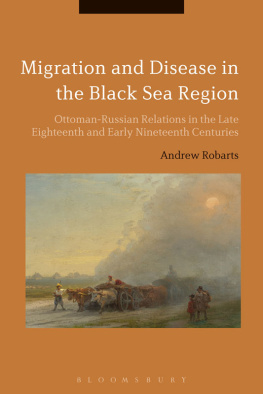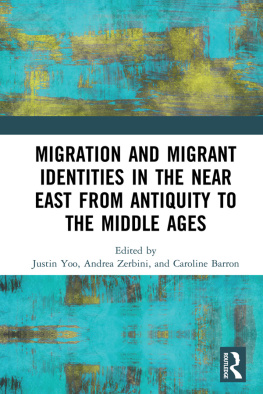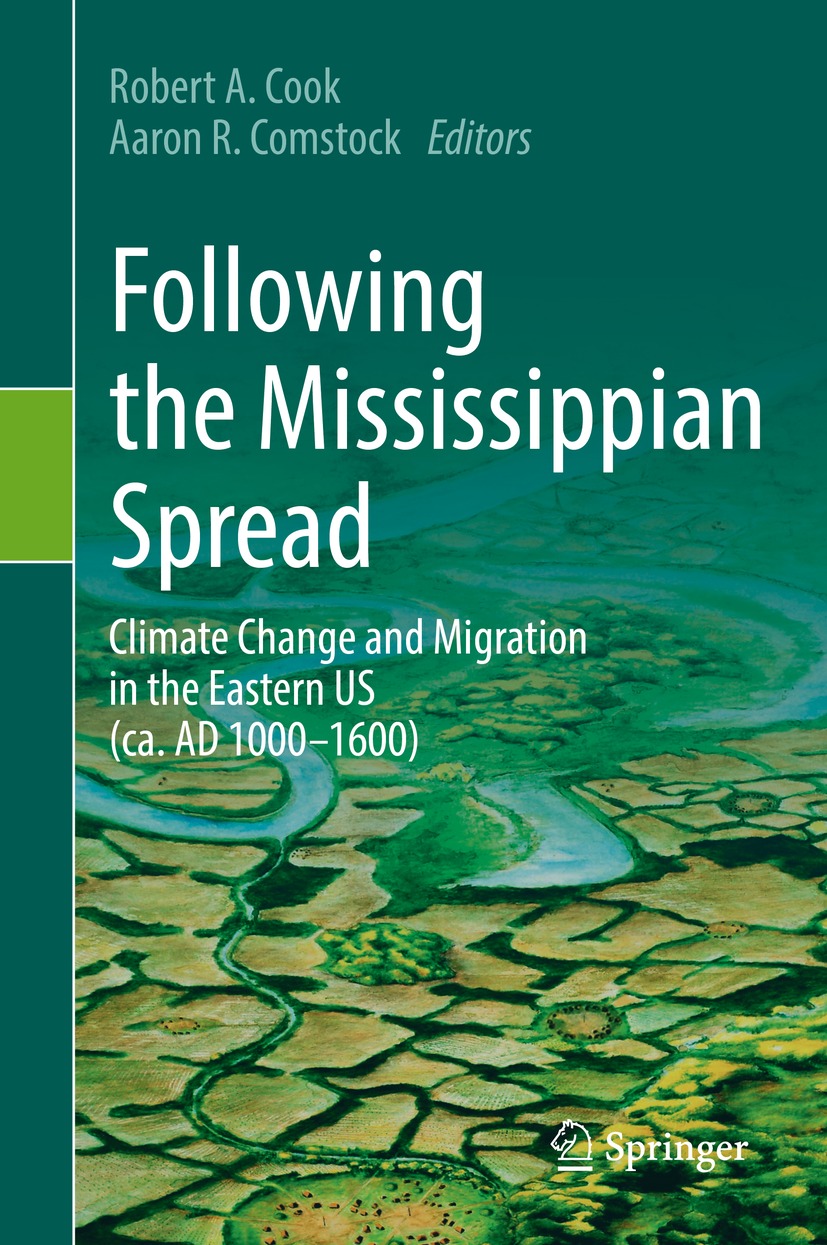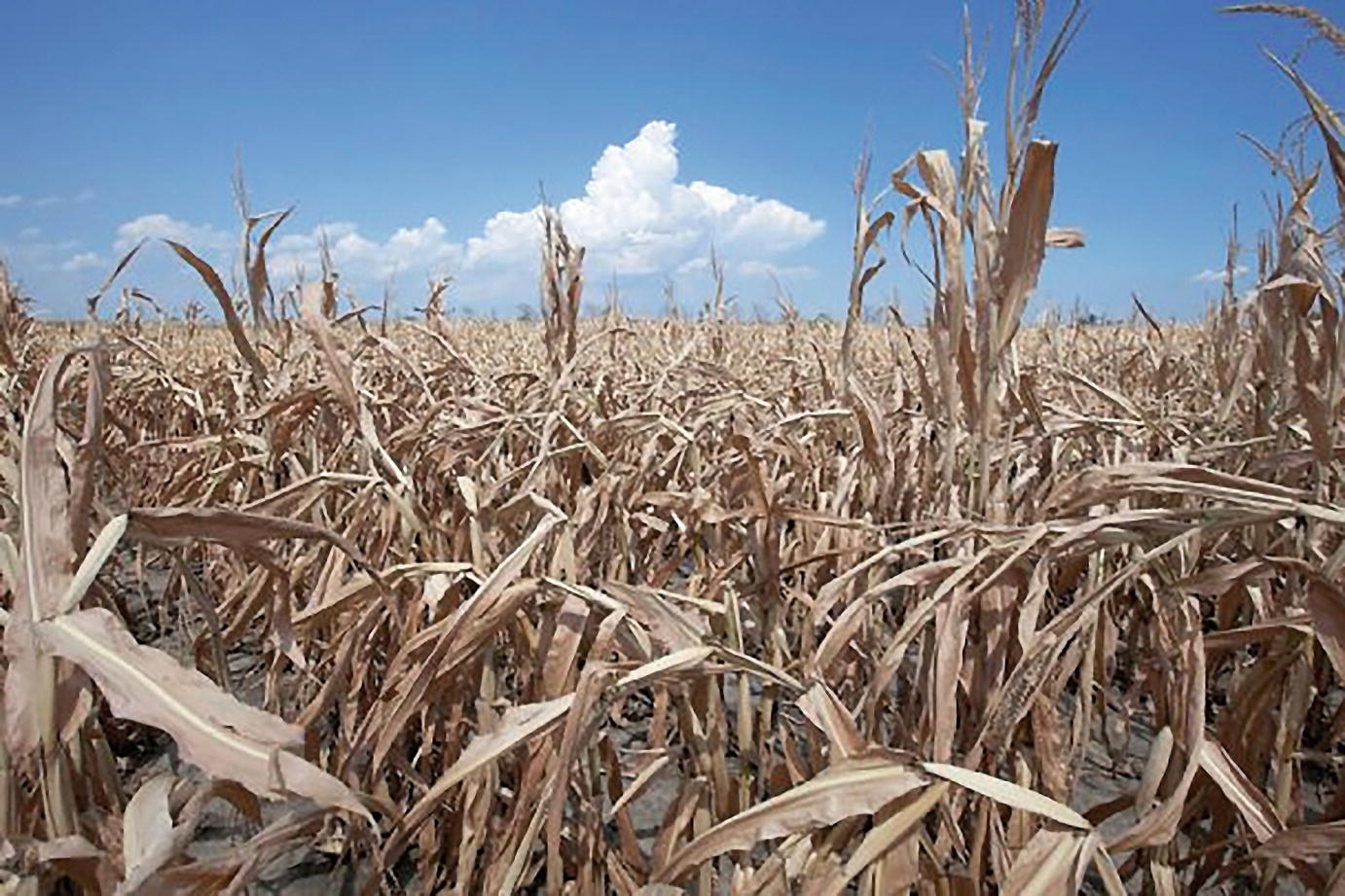Editors
Robert A. Cook
Department of Anthropology, The Ohio State University, Newark, OH, USA
Aaron R. Comstock
Department of Sociology, Anthropology, and Geography, Indiana University East, Richmond, IN, USA
ISBN 978-3-030-89081-0 e-ISBN 978-3-030-89082-7
https://doi.org/10.1007/978-3-030-89082-7
Springer Nature Switzerland AG 2022
This work is subject to copyright. All rights are reserved by the Publisher, whether the whole or part of the material is concerned, specifically the rights of translation, reprinting, reuse of illustrations, recitation, broadcasting, reproduction on microfilms or in any other physical way, and transmission or information storage and retrieval, electronic adaptation, computer software, or by similar or dissimilar methodology now known or hereafter developed.
The use of general descriptive names, registered names, trademarks, service marks, etc. in this publication does not imply, even in the absence of a specific statement, that such names are exempt from the relevant protective laws and regulations and therefore free for general use.
The publisher, the authors, and the editors are safe to assume that the advice and information in this book are believed to be true and accurate at the date of publication. Neither the publisher nor the authors or the editors give a warranty, expressed or implied, with respect to the material contained herein or for any errors or omissions that may have been made. The publisher remains neutral with regard to jurisdictional claims in published maps and institutional affiliations.
Cover illustration: Front cover art created by Jeffrey Dilyard
This Springer imprint is published by the registered company Springer Nature Switzerland AG
The registered company address is: Gewerbestrasse 11, 6330 Cham, Switzerland
Foreword: Deep Histories of Floods and Droughts - Lessons from Ancient Climate Change
In 2018, the town of Aurora, Indiana, situated along the Ohio River west of Cincinnati, Ohio, experienced a catastrophic flood. The water level reached multiple feet above flood stage, flooded fields and businesses, and displaced hundreds of people. Over the past 20 years, towns along the middle portion of the Ohio River have experienced flooding at exceptional rates, experiencing 100-year floods once every decade or more. We have had the unfortunate experience of witnessing these floods and talking with people whose lives were turned upside down by these tragic events. The case of Aurora is one that is all too familiar throughout the Midwest, Southeast, and deep South where our colleagues who have contributed to this volume live and work. Indeed, many of us have experienced flooding or other natural disasters ourselves, and these experiences frame our research and provide personal connections with the socio-ecological patterns that we write about.
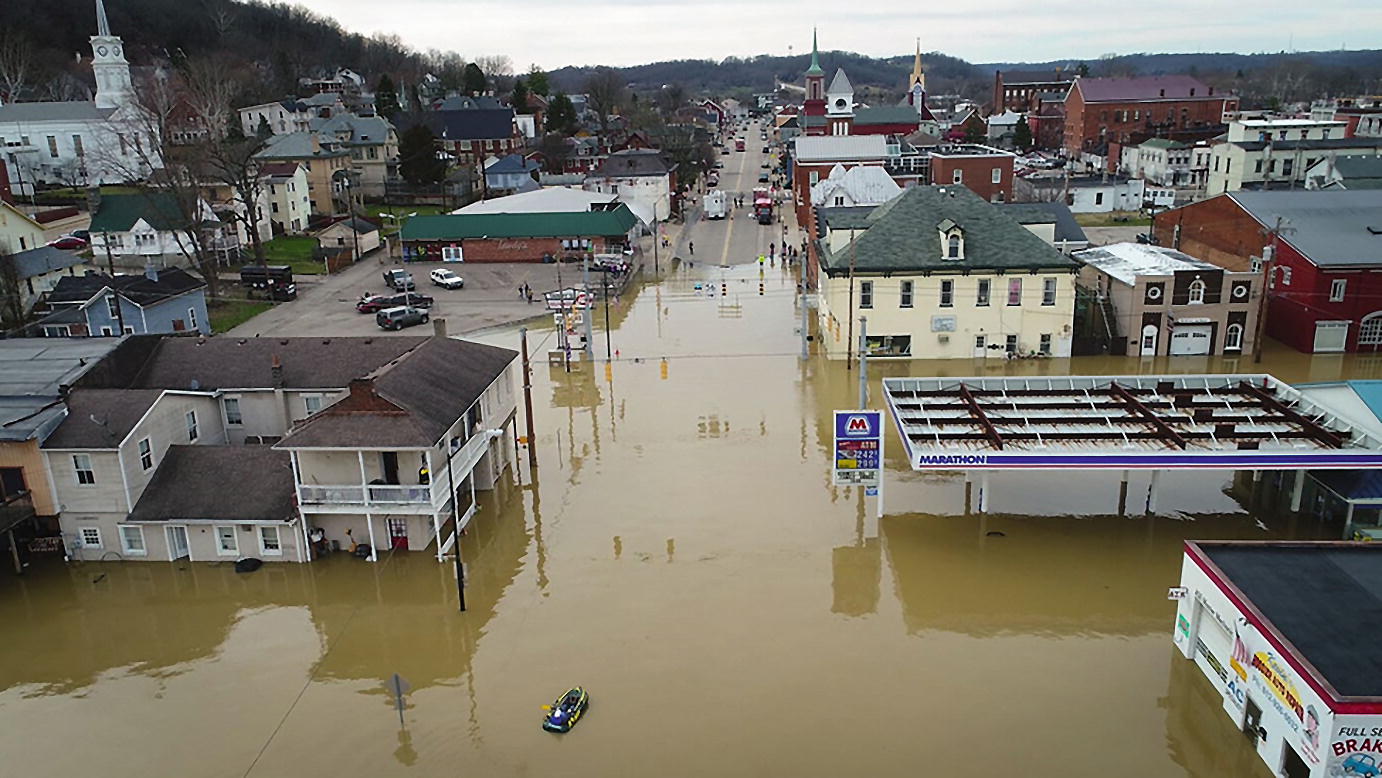
Downtown Aurora, Indiana, after a recent flood
https://www.indystar.com/story/news/environment/2020/08/17/113-000-more-homes-risk-flooding-indiana-report-says/5571932002/
One of the unique things about archaeology is that the social and natural phenomena we study, and the interplay between them, unfold over long periods of time. This allows us to track behaviors and changes over the span of generations, centuries, and millennia. Pertinent to this volume, the discipline of archaeology also allows us to characterize environmental change over time and examine the ways in which past people responded to such change. Archaeological investigations can also allow us to identify the tempo and mode of significant climatological events like floods and droughts, and frame how our current situation of human-induced climate change and environmental modifications without sufficient consideration of long-term impacts have pushed us into a deviant realm of frequent and extreme climate events.
Corn field in Percival, Iowa, after a recent drought
https://cdispatch.com/news/2012-08-24/drought-worsens-in-plains-despite-cooler-temperatures/
This volume was not conceived as a commentary on the dangerous time in which we currently live, although the connections are thematically and geographically relevant. Instead, we saw this as a way to explore the patterns and diversity evident in the spread of Mississippian peoples and ways of life as they relate to late Holocene climate perturbations. Cultural responses to climate change often involve movement, which is one of the key thematic interplays identified by the chapters that follow. The appearance of the Mississippian way of life from early centers in the Mississippi Valley to the Midwest, Southeast, and Deep South has long been a significant question. This volume provides insight into one of the ways in which Mississippian people and culture spread: climate-induced movement. The chapters that follow also illustrate the contingent and varied ways in which such movement played out in local contexts, ranging from the establishment of distinct Mississippian enclaves to the emergence of hybridized cultural organizations with local peoples.
It is our hope that the long-term patterns identified in this volume provide an overview of how the Native inhabitants of eastern North America adapted to changing climate and act as a window into the long history of human-environment interactions in this region. It is also important to actively bridge the gap between past adaptations to climate change and the struggles that many people regularly deal with today. The regionally specific chapters in this volume identify important themes regarding both short- and long-term social adaptations to climatological events like floods and droughts. We hope that many of these chapters will encourage examination of the long-term data used to contextualize current regional climate trends with a focus on understanding the transition into the modern era in each of these areas. Such consideration will help illustrate the impacts of the Anthropocene at regional scales.
The chapters in this volume also highlight the resilience of past societies, and reveal patterns in human adaptations to changing environments that are relevant today. Patterns of movement in response to droughts and other catastrophic effects are evident throughout this volume and echo countless traumatic events we see globally. Whether it is drought-related displacement of people from rural areas into cities in Syria that catalyzed the ongoing crisis there, or the movement of people from Central America into the United States because of climate shocks, the links between climate instability and the movement of people are all too clear. Perhaps as a coping tactic, many people in affluent nations tend to write these off as problems of developing nations, but these problems are a global issue that have down-the-line impacts and are also clearly evident in places like the American Southwest, where droughts and industrial farming are creating water shortages that will impact food availability. It is our hope that by exploring the history of climatic change in eastern North America that it will become clear that these lands and the people who live in them are not impervious to the impacts of changing climate.

